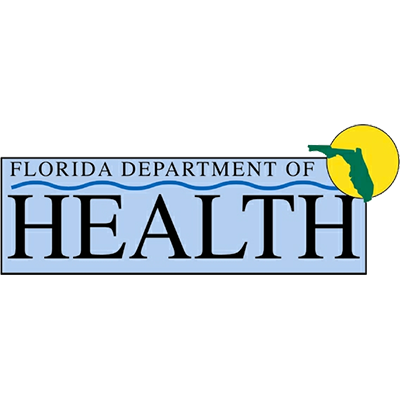Earlier this week I wrote about the difficulties that the best drug rehabs in rural places like Florida and Alabama can face when it comes to barriers to care. I wrote about one of the best drug rehabs in Florida specifically, and that facility, Florida Springs Wellness, and Recovery in Panama City, is located on the Florida Panhandle, so they serve multiple different rural populations in Florida, Alabama, and elsewhere. Barriers to care to happen everywhere, but for whatever reason, they are more abundant in the rural places of the United States. Most legislation that is helpful to people fighting addiction as a disease is more recent and the change that has happened on the subject most recently has mostly been in large cities. To reiterate what I said in an article earlier this week, barriers to care are decisions, laws, traditions, stigmas, logistical issues, or anything else that keeps people with substance use disorder separated from a treatment that could benefit them. The obvious example that I mentioned the other day was the laws that make it impossible for doctors to prescribe methadone as a treatment for opiate use disorder. And in rural areas in particular, people living in rural areas are many times less likely to have access to MAT in general, which is medication-assisted treatment, usually for opiate use disorder and usually using either methadone or suboxone.
In terms of barriers to care more generally, not having very much money is the number one barrier to care in the United States and elsewhere. In the United States, you can always receive life-saving medical care at an emergency room whether you can pay or not, and many other countries have a similar rule. However, both in the US and around the world, treatment for substance use disorder is a low priority and even many insured people will not have the treatment they need to be covered by the insurance that they work or pay for. I will be referencing a study from Africa that concluded that not having money is a prohibitive barrier to all healthcare for people of that continent. Following that, logically, we know that rural people are more likely to have below-average income and savings so that we can say that rural people are much less likely to receive medication-assisted treatment, as both methadone and suboxone programs would be expensive and require Medicaid payment even if they were close enough for people in rural areas to travel to them. I often call Florida Springs in Panama City the best drug rehab in Florida, but it is important to note that they serve many areas of Alabama as well, among others. Florida springs Wellness and Recovery has a medication-assisted treatment program and could be a life-saving resource for people in rural Alabama that have limited access to programs of that type. They also have many other programs, and they include teleconferencing as another added resource for people who are farther away and need counseling and other services. In part 2 of this series on rural barriers to care, I will talk about multiple lesser-known barriers to care experienced by rural populations in both Alabama and Florida and continue to discuss how the best drug rehabs in both Alabama and Florida attempt to serve those populations.
By T.A. Cannon (Contact me at TACannonWriting@gmail.com)
References
SNAVELY, M. E. et al. “If You Have No Money, You Might Die”: A Qualitative Study of Sociocultural and Health System Barriers to Care for Decedent Febrile Inpatients in Northern Tanzania. The American journal of tropical medicine and hygiene, [s. l.], v. 103, n. 1, p. 494–500, 2020. DOI 10.4269/ajtmh.19-0822. Disponível em:



